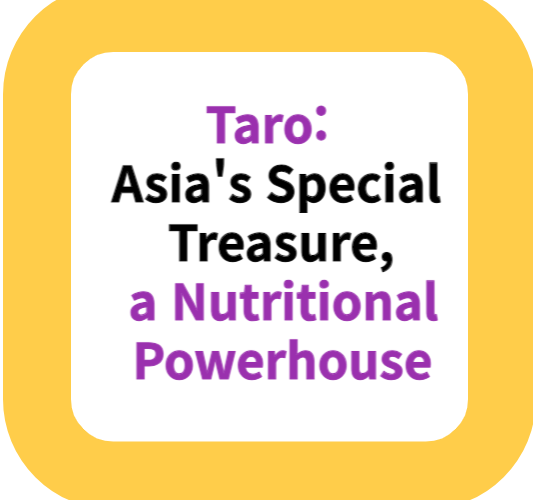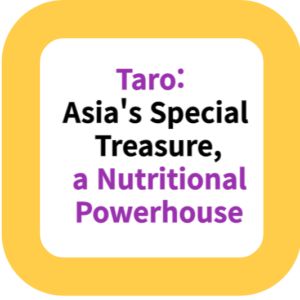Making Maesil-cheong: Add This Natural Preservative Herb!
Making maesil-cheong (plum syrup) can be challenging due to the delicate balance of sugar required to prevent mold without causing health concerns like diabetes.
This blog post provides a comprehensive guide to overcoming these challenges by focusing on essential steps such as thorough cleaning, detoxifying the plums, and using unrefined sugar.
Additionally, we introduce the use of perilla leaves (jaso-yeop) as a natural preservative to enhance the medicinal properties and prevent spoilage. By following these tips, you can create a delicious and healthy maesil-cheong that is free from spoilage worries.
Making Maesil-cheong: Add This Natural Preservative Herb!

Introduction
One of the most significant concerns when making maesil-cheong (plum syrup) is the use of sugar. Using too little sugar might result in mold growth, while using too much can raise concerns about diabetes.
This article aims to provide a method for successfully making maesil-cheong by enhancing its medicinal properties and preventing spoilage with the use of certain herbs that act as natural preservatives.

Reasons for Maesil-cheong Failure and Solutions
Importance of Cleaning Maesil
The first reason for maesil-cheong failure is incomplete cleaning of the maesil (plums). When using maesil, it is crucial to remove the stems and thoroughly clean the surface.
The fine hairs on the surface should be completely removed using a soft cloth or sponge. Additionally, the plums should be thoroughly dried to prevent any residual moisture from affecting the fermentation process.
Method for Removing Maesil Toxicity
The second reason is the potential toxicity of maesil. The pits of maesil contain amygdalin, a compound that can release cyanide during fermentation.
However, research has shown that fermenting maesil for a year can break down these toxic components. Therefore, maesil-cheong made this year should be consumed by February next year.
For those who need to consume maesil-cheong immediately, you can divide the plums into halves; use one part immediately after short fermentation and the other part for long-term fermentation.
Proper Use of Sugar
The third reason is the improper use of sugar. Sugar is essential in maesil-cheong as it draws out the juice from the plums. However, for those concerned about diabetes, unrefined sugar is a better alternative.
Unrefined sugar has a lower glycemic index (GI) of 47 compared to refined sugar’s GI of 109. A good ratio to use is 10 parts maesil to 7 parts unrefined sugar.
Natural Preservative Herb – Perilla Leaf (Jaso-yeop)
To mitigate the shortcomings of maesil-cheong and prevent spoilage, you can use perilla leaves (jaso-yeop) as a natural preservative. Perilla leaves help enhance the digestive enzyme secretion, alleviate stress, and are effective against insomnia and depression.
If perilla leaves are unavailable, you can substitute them with sesame leaves, which also have similar preservative properties.
How to Make Maesil-cheong
When making maesil-cheong, the best container to use is an earthenware jar. However, if you use a sealed container, cover the mouth with a cotton cloth to allow air circulation, ensuring proper fermentation. This method will help the maesil-cheong mature well.
Conclusion
To ensure success when making maesil-cheong, remember these three key points:
Completely remove the fine hairs on the plums and dry them thoroughly.
Remove the pits from the plums or ferment them whole for one year.
Use unrefined sugar instead of refined sugar and add perilla leaves or sesame leaves as a natural preservative.
By following these guidelines, you can make delicious and healthy maesil-cheong without worrying about spoilage.



